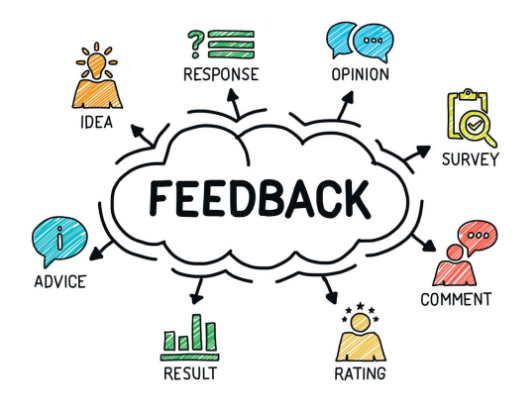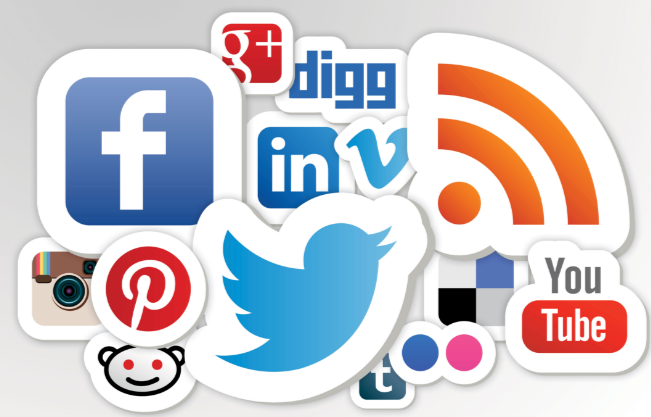Tag: market segmentation
How the Best Strategy Examples Show the Way
Simplicity … the achievement of maximum effect with minimum means. Have you noticed that the world of marketing is changing with the best strategy examples? A big cliché, yes? Yes, it is, but it is having a significant impact. And the change is rapid. Traditional media vehicles are losing effectiveness as people communicate in new…
12 Lessons From Ben and Jerry’s Marketing Strategies
What are your favorite brands? Which ones do you follow closely and learn the most from? When choosing to learn from others’ marketing successes, it is always helpful to choose great brands to follow. We follow Ben and Jerry’s marketing strategies because of their creativity and unique approach to customer focus. Meet Ben and Jerry’s.…

Target Market … How to Target for Best Marketing Campaigns
In the old days of advertising, the name of the game was reach and frequency. Brands preferred mass media vehicles like television and radio because they were the easiest means to reach large audiences and build brand awareness. But the world has drastically changed with the internet. Now the focus is all about how to…

